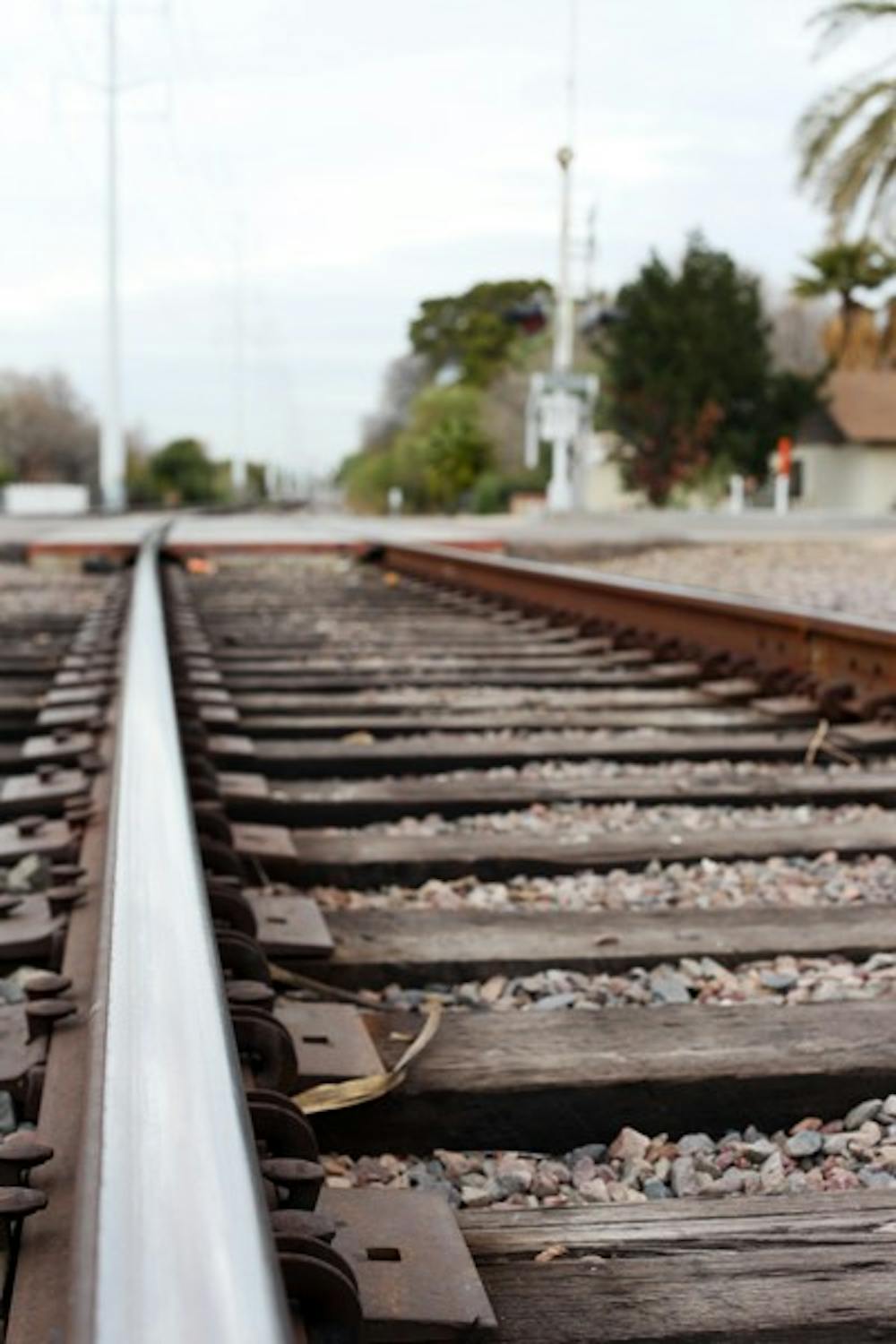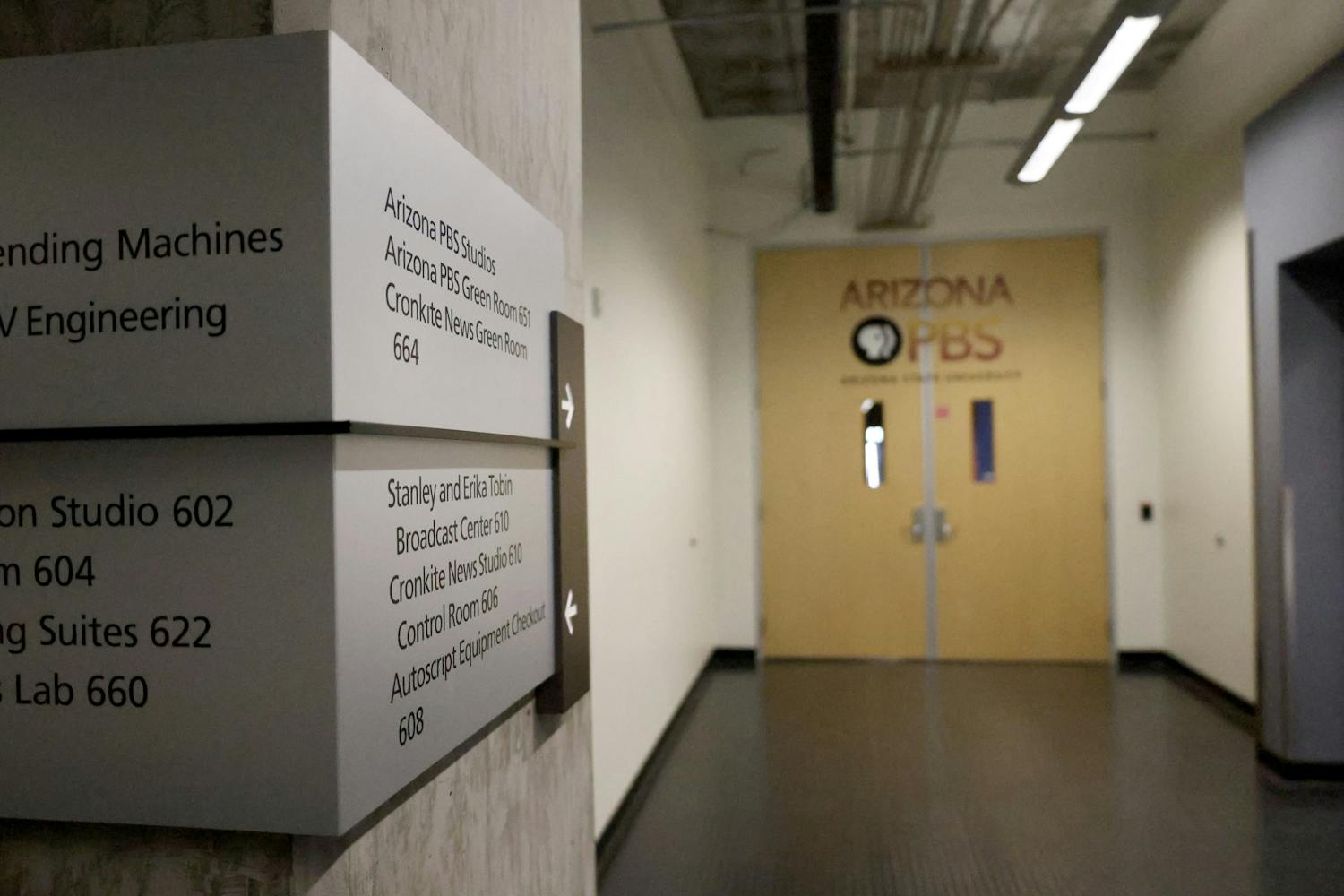Tempe residents living near railroad crossings can look forward to a full night of sleep beginning Wednesday, uninterrupted by the sound of blaring train horns.
Tempe received approval by the Federal Railroad Administration mid-December to establish a "Quiet Zone" for trains passing through Tempe after more than three years of petitioning by residents of neighborhoods near railroad crossings.
All Union Pacific Rail Road trains passing from 1st Street, just south of Tempe Town Lake, through Price Road will no longer be required to sound their horns at each railroad intersection as normally required by federal law. Other Arizona cities with similar "Quiet Zone" regulations include Phoenix, Chandler and Flagstaff.
The impact of the new regulation is not one to be seen but rather heard, Tempe Assistant City Manager Jeff Kulaga said.
“Since we announced its approval Jan. 4, a lot of people are happy and very excited,” he said.
Kaluga said although the number of trains traveling through Tempe varies depending on how well the economy is doing, trains pass through the residential areas anywhere from two to eight times a day.
Karyn Gitlis, a community activist for the Maple Ash neighborhood on Mill Avenue and University Road, has been supportive of the proposal since its initial request in May 2011. She said while the sound of the horns mainly interferes with life during the night, it is a nuisance all day long.
“Those horns get up to about 120 decibels,” Gitlis said.
A jet takeoff is at 100 decibels, and the average pain threshold of human ears is at 110 decibels, according to the Purdue University chemistry department’s website.
“My property is very close to the railroad,” Gitlis said. “It can be painful if you’re close. It’s that loud.”
Sleep interference has been the biggest issue with the volume of the horns, Gitlis said.
“We won’t experience the disruption to our life,” Gitlis said. “We won’t have to stop talking on the phone and we won’t be awoken from sleep.”
Robert Yabes, principal planner for Tempe, said the city often receives complaints from residents about the trains.
“In areas of significant population, it becomes a disturbance to them,” Yabes said. “(From) 1st Street, you can hear it all the way to College Avenue.”
Certain safety measures must be met in order for any city to request a "Quiet Zone."
“When trains move through a town, because of the safety measures, trains no longer have to blow their horn unless the engineer feels it’s a safety issue,” Kaluga said.
The $160,000 improvements to ensure safety of pedestrians, cars and the trains themselves began June 2011 and included the installation of “No Train Horn” warning signs and medians.
“Safety is paramount,” Kulaga said.
Reach the reporter at kmmandev@asu.edu
Click here to subscribe to the daily State Press newsletter.





